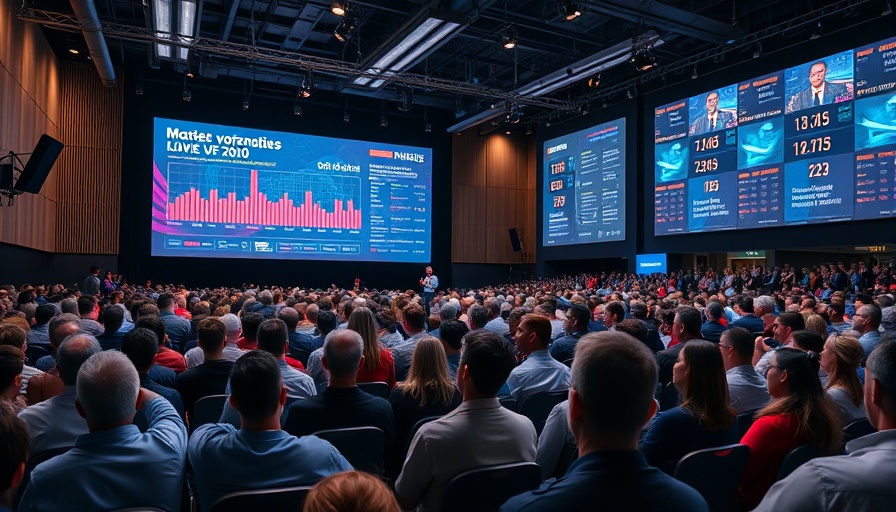
OpenAI's Growing Influence: The New Industry Powerhouse
OpenAI is redefining the landscape of artificial intelligence (AI) and is on track to become the industry’s equivalent of Microsoft’s Windows operating system. As AI continues to permeate various business sectors, OpenAI's user-centric strategies are positioning it to capture substantial value throughout the tech stack. As highlighted in recent discussions led by CEO Sam Altman, OpenAI's strategy revolves around serving both consumer and enterprise markets, a duality that expands their reach and impact.
Understanding the OpenAI Ecosystem
OpenAI's approach echoes the historical dominance of certain tech giants who leveraged platform power for vast scalability. In the realm of AI, this means not only focusing on advanced models like ChatGPT but also creating a robust ecosystem. The company's ambition is to be the foundational technology provider, the linchpin that connects hardware suppliers and software developers to streamline operations across industries.
The AI Economy: Investing in Tomorrow
With substantial investment in AI infrastructure, OpenAI is prepared to harness the expected boom in demand for AI solutions. The prospect of a $1 trillion infrastructure overhaul, aimed at enhancing AI capabilities, presents founders and entrepreneurs with unique scaling strategies. For startups, understanding how to integrate OpenAI's technology can ensure competitive edges in their respective markets.
Innovation and User Engagement: A Recipe for Growth
The shift from passive AI-enabled consumption towards active creation is revolutionizing user engagement. Applications like Sora demonstrate this growth, transforming users into content creators. This development highlights the crucial role creativity plays in the future of technology. If OpenAI can successfully nurture this ecosystem, it positions itself not just as a tool but as a partner in innovation.
Challenges Ahead: Navigating OpenAI's Competitive Landscape
However, optimism towards OpenAI's strategies shouldn't obscure the challenges it faces. Competitors are emerging, and the risk of commoditization looms large. Analysts suggest that maintaining their lead is contingent upon how effectively OpenAI can innovate and respond to market demands without relying solely on existing advantages.
Creating a Sustainable Business Model
OpenAI's business model must emphasize stickiness, ensuring that consumers prefer their offerings over competitors'. Users’ long-term engagement with platforms like ChatGPT can serve as a protective moat, provided that OpenAI continues to develop tailored solutions that meet their evolving needs.
In the rapidly evolving landscape of AI, entrepreneurs and businesses must stay informed and agile. Understanding OpenAI's trajectory and strategies can aid founders in crafting their own scaling strategies aimed not only at competing but at thriving in this unfolding scenario.
To stay ahead in the influential world of AI, it's imperative to leverage OpenAI's infrastructure effectively, while also aspiring to innovate beyond its offerings. The future is bright for those ready to participate in this transformative era.
 Add Row
Add Row  Add
Add 




Write A Comment